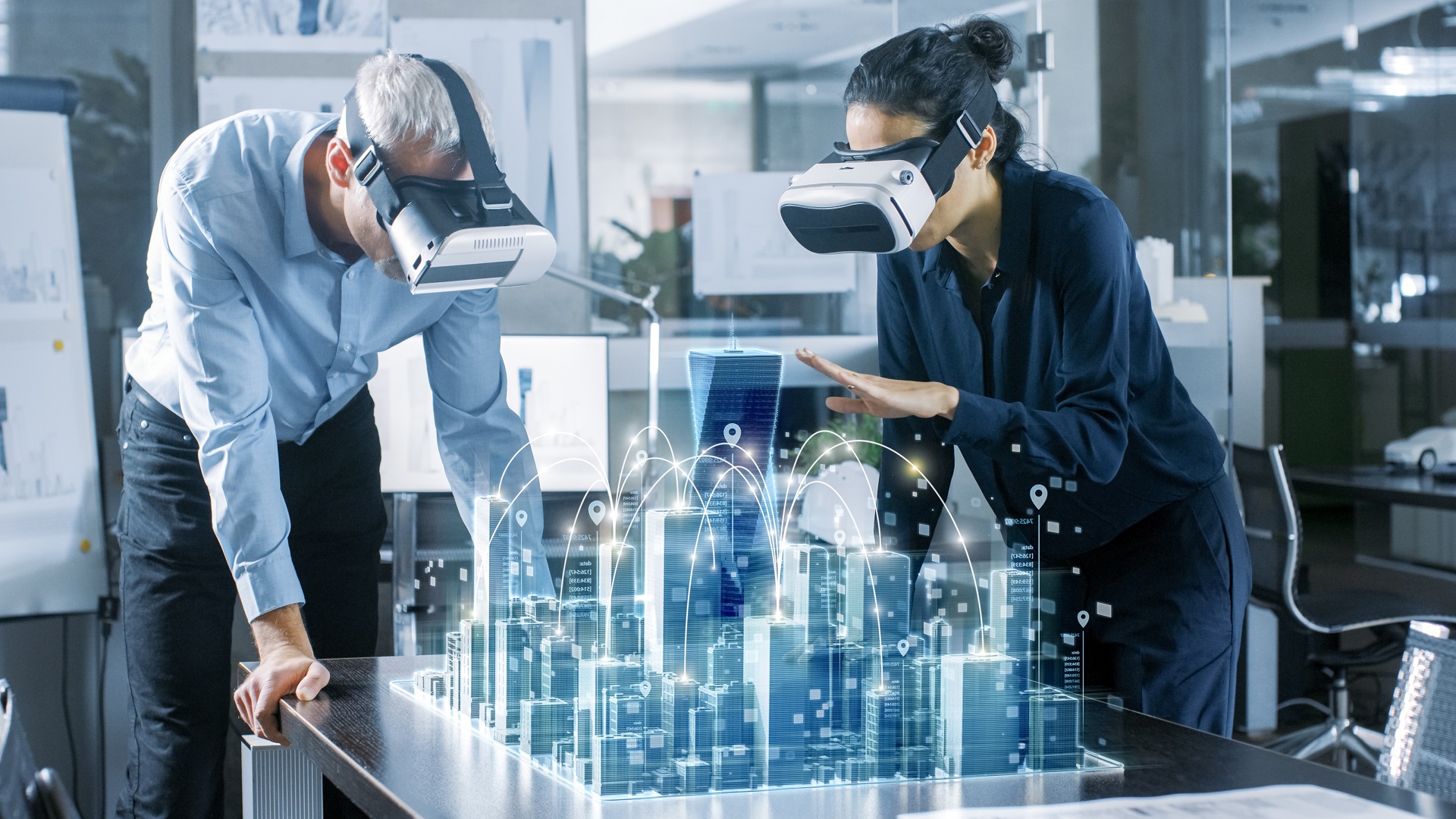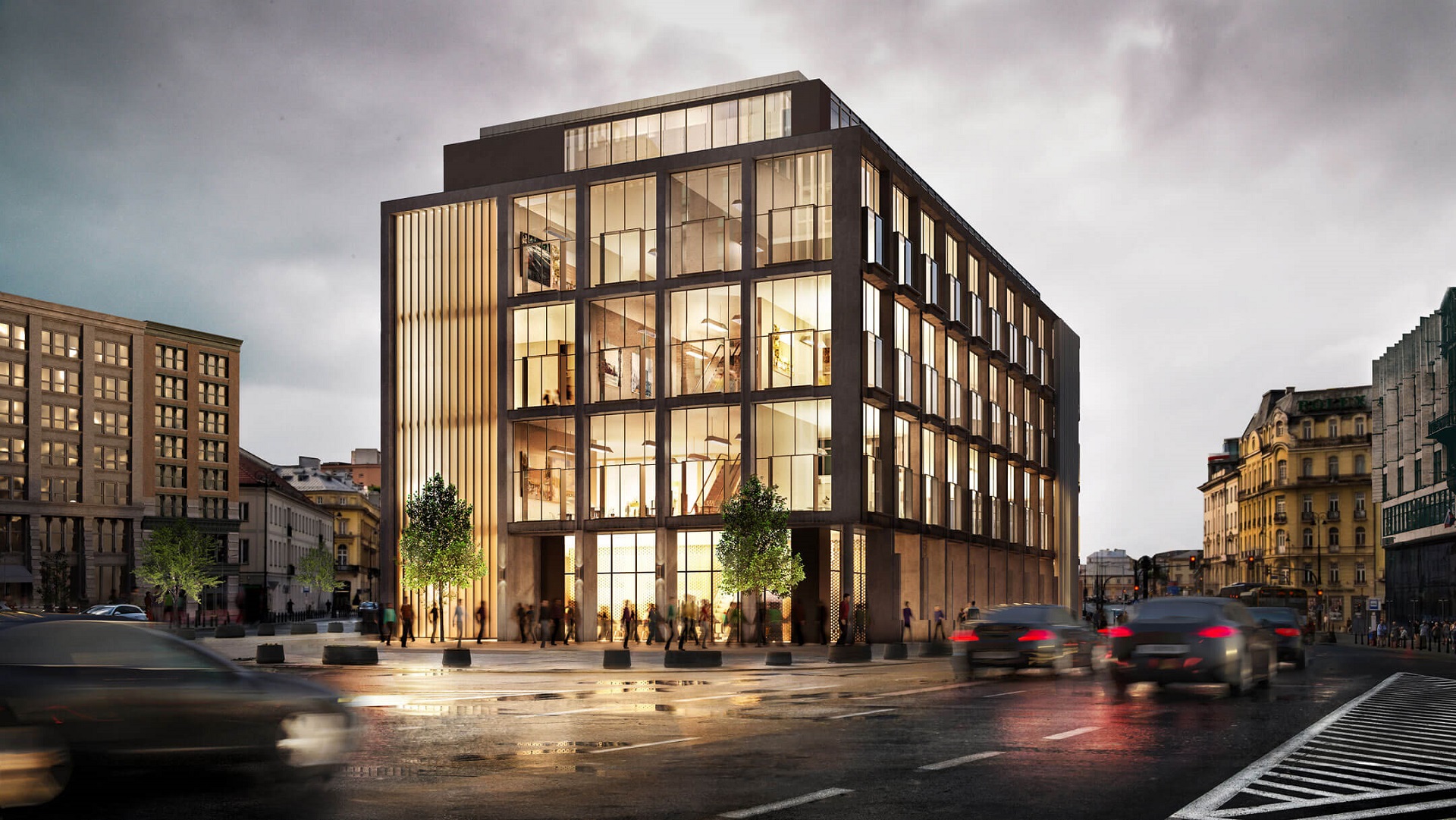Architects often work with static types of 3D visualization, namely with exterior and interior CG images. They know that these CG pictures is a great tool for architectural presentations and marketing. But not every professional in the field is aware of the full potential of 3D rendering for architects. The truth is that static renders are not the only or the most impressive type of 3D visualization. There are a lot more kinds of 3D visuals that can make a difference to architects’ work.
Being an architectural visualization company, we know all about the subject. And we want to help our clients to make the most of CGI. So, read on to learn about different types of CG visualization and the benefits they can bring!
#1. CG Animation
While a CG rendering is a still image showing an interior or exterior from a single viewpoint, an architectural 3D animation is a video that showcases the design in motion and from different angles. That is why 3D architectural animations feel more immersive than static types of 3D visualization.
There are several ways for architects to use a digital 3D video of their projects. For example, it can help to fully convey their design ideas to the audience at a presentation. The thing is no matter how well architects explain their vision in words and drawings, it’ll never work as well as a photorealistic film. In a way, 3D animation allows an architecture specialist and their clients to speak the same language. Which is priceless when they need to discuss changes and additions to a project and approve the final version of the design. Also, a 3D animation will come in useful for marketing architectural services on a website, social media profiles, or industry events.
Immerse clients into your projects with realistic 3D animations
#2. Virtual 3D Tours
A CG virtual tour can present architectural projects in a more informative and interactive way than static types of 3D visualization. First of all, it offers a 360-degree overview of each room in a house. What is more, using a mouse or a touchpad, a viewer can virtually “walk” through space. This way, prospects can explore every room of a future dwelling and get a feel of living there.
Furthermore, in virtual tours of houses, users can zoom the view in and out to examine materials and furnishings in detail. Also, they can use special buttons to get additional information about particular items. For example, if they press such a spot on a sofa, they will learn about its model, brand, size, etc. Such a 3D visualization guarantees that potential clients or investors will be impressed.
#3. Panoramic 360 Views
Both virtual tours and 3D panoramic views are made of 360-degree renders and seem quite similar at the first glance. But there are some differences between these two types of 3D visualization. Unlike tours, which are made of multiple renderings, a 360 panorama includes only one spherical render of a place. So, there’s no possibility to “move” through the other spaces in the house.
However, in some cases, a 360-degree panorama is exactly what architecture specialists need. For example, it comes in handy if they use Facebook to promote their services. This social media platform does not support fully-fledged virtual tours with information buttons and views of multiple rooms. But it allows for sharing a panoramic view made of a single 360-degree render. When users move their smartphones, the panorama moves as well, so it becomes possible to “look around” a place.
#4. CG Models for Augmented Reality Experience

Using augmented reality technology, architecture specialists can place a realistic full-scale 3D model of a building into real surroundings. For this, they only need an AR-ready CG model and a simple app on their smartphone or tablet. With those, they can show clients their future home right in the place where it will be built. Which is a whole new impressive way to present a project and ensure its approval.
Also, like other types of 3D visualization, AR gives the chance to eliminate unfortunate errors in the design. That’s because, with a realistic 3D model of a future building, all blunders become easy to notice. Which can save an architect a great deal of time and effort. What is more, with some applications, such as Augment, one can transform a paper drawing into a 3D hologram. Which is definitely more convenient than making physical prototypes of a house.
To take an AR presentation to the next level, one can use special glasses. This way, viewers will be able to see a 3D model of a building not on the screen of a tablet but right in front of their eyes.
#5. CG Models for Immersion into Virtual Reality

Among all the types of 3D visualization, VR is the most impressive one. Unlike AR, which blends reality with CG dimension, VR offers a full dive into the digitally created realm. It can become a real ace up an architect’s sleeve in some scenarios. For example, when he or she needs to win the approval of a big investor. Usually, it is quite challenging, but with VR technology, a presentation becomes an exciting experience for both sides. Because virtual reality makes it possible to place a person right “inside” the future house and sometimes even lets them tweak some design elements in real time. These can be material and lighting types, finishing colors, and so on. No doubt that even the most tech-savvy investors will be impressed with such a level of immersion.
As you can see, there are a lot of different types of 3D visualization. And each of them can help an architect to achieve a specific goal.
- A CG animation shows designs in motion, wowing the viewers with lifelikeness and immersiveness.
- 3D tours help potential clients to get the feel of the space, understand the layout, and examine design details in an interactive way.
- 3D panoramic renders allow presenting a future property in 360° view on social media.
- AR helps to see a realistic 3D model of the house right where it is to be built.
- VR takes viewers on a real journey throughout their future home.
Want to get top marketing and presentation materials for your architecture firm and cut the best deals? Contact us for professional CGI services and we will help you to achieve just that!

Catherine Paul
Content Writer, Editor at ArchiCGI
Catherine is a content writer and editor. In her articles, she explains how CGI is transforming the world of architecture and design. Outside of office, she enjoys yoga, travelling, and watching horrors.



